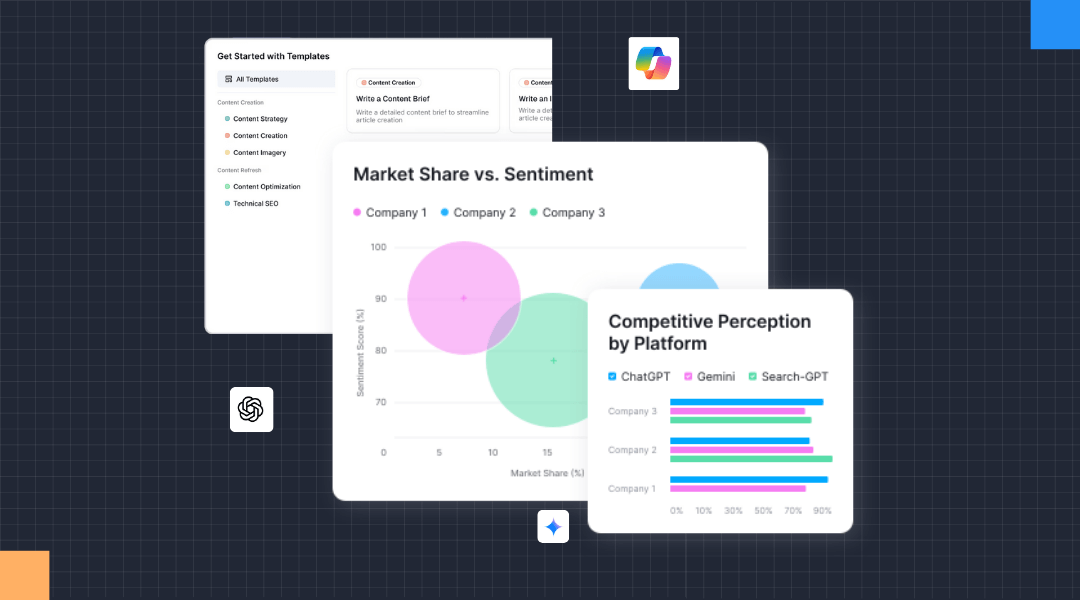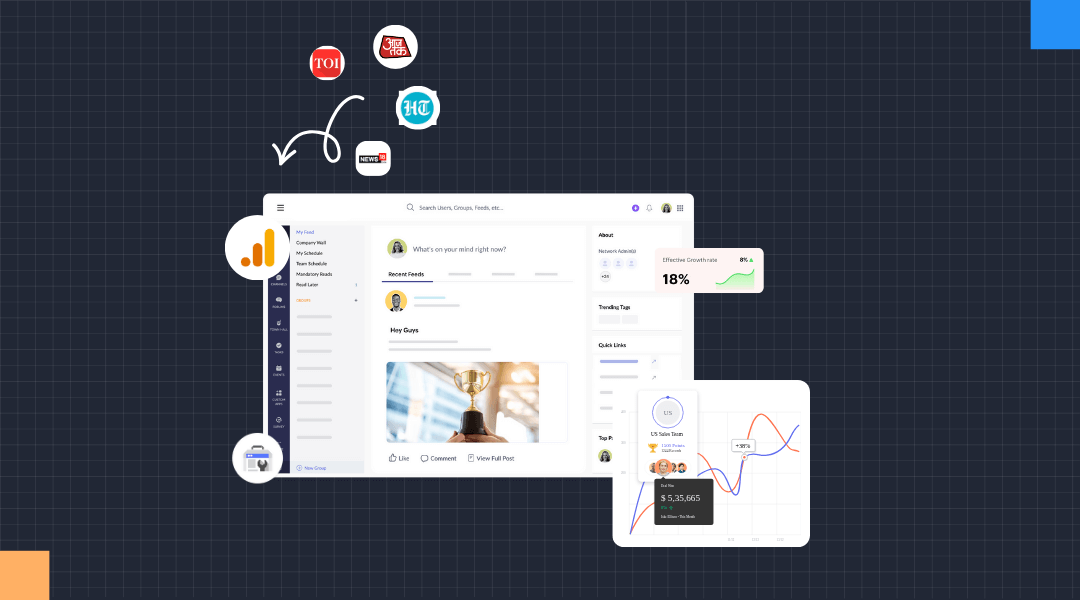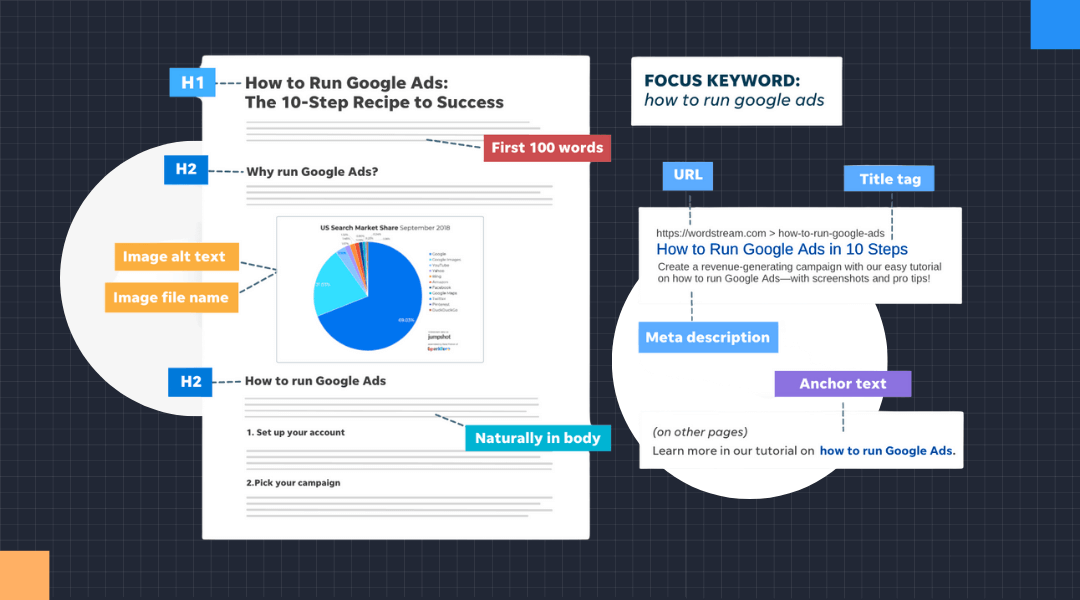Ranking #1 in Google is officially meaningless.
Let me say that again.
After 20 years, ranking in the top 3 “blue links” is no longer the primary goal of SEO.
Why?
Because Google’s AI Overviews are answering your user’s questions before they ever get a chance to click your link.
If you’re not the cited source in that AI answer, you are invisible.
This has fundamentally changed our job.
The old game was “Search Engine Optimization.” The new game is “Answer Engine Optimization.”
And in this guide, I’ll show you the exact, actionable strategies we are using right now to optimize our clients’ content for this new AI-driven world.
Let’s dive in.
Chapter 1: The New Game: From Clicks to Citations
First, let’s get our mindset right.
The old SEO funnel: Query → See Your Link → Click Your Link → Get Answer
The new AI-driven funnel: Query → Get Answer (Sourced from You) → Click Your Citation (if they need more)
Your new goal is to become the foundational source of truth that the AI relies on to formulate its answer.
When you’re the cited source, you get:
-
Massive Brand Authority: Your brand is positioned as the expert, right at the top of the SERP.
-
High-Intent Clicks: The users who do click your link are highly qualified and looking for deeper detail, not a quick answer.
-
A “Competitive Moat”: Your competitors can’t just “outrank” you with a few more backlinks. You’re embedded in the algorithm.
So, how do you do it?
AI models are trained on two core principles: trust and clarity.
Your optimization strategy must prove both.
Chapter 2: Pillar 1: Architect Content for AI (Clarity)
AI models don’t “read” your content. They parse it.
They are hunting for facts, data, and direct answers. They hate fluff, ambiguous language, and long, wandering stories.
Your job is to spoon-feed them exactly what they need.
1. Use “The Direct Answer First” Technique
This is non-negotiable. When you have a target query (especially a question), you must answer it immediately and concisely.
For example, if your H2 is: What is AI Optimization?
Bad:
“In the modern digital landscape, the world of search is evolving rapidly. Many businesses are now considering how AI will impact their traffic. AI Optimization is a complex process…” (Fluff!)
Good:
“AI Optimization (also known as Generative Engine Optimization or GEO) is the strategic process of making your brand and content a trusted, citable source for AI-powered search engines. It focuses on amplifying E-E-A-T signals and structuring data to be easily understood by Large Language Models (LLMs).”
This direct, factual answer is a perfect, pre-packaged snippet for an AI to grab.
2. Build “Cite-Worthy” Data Points
AI models are designed to find and synthesize facts, especially data.
Pepper your content with original data, statistics, and verifiable claims.
Instead of:
“A lot of businesses are saving money.”
Use:
“Our 2026 study found that businesses leveraging AI for SEO reduced their Customer Acquisition Cost (CAC) by an average of 45%.”
This is a verifiable, citable fact. It’s the building block of an AI-generated answer.
3. Leverage “People Also Ask” (PAA) for Your Outline
This is the fastest way to build content that AI trusts.
Google is literally giving you a list of the exact questions its users (and its AI) are asking.
Turn these PAA questions into the H2s and H3s of your article. Then, use the “Direct Answer First” technique to answer each one.
You’ve just built a page that Google already knows satisfies user intent at a deep level.
Chapter 3: Pillar 2: Prove Your E-E-A-T (Trust)
This is the most critical part.
AI models are terrified of “hallucinating” or providing bad, harmful information.
They are obsessively trained to find sources that demonstrate E-E-A-T (Experience, Expertise, Authoritativeness, and Trustworthiness).
If your site is an anonymous, untrustworthy entity, your content will never be cited.
Here’s how to prove your E-E-A-T technically.
1. Build Author Hubs, Not Just Bios
The “By Jane Doe” byline is dead.
You must prove why Jane Doe is an expert.
Action Step: Create a detailed author profile page for every expert writing on your site. This page should include:
-
Their credentials, certifications, and education.
-
Their work history and experience.
-
Links to other authoritative sites they’ve been published on (like Forbes, industry journals, etc.).
-
Links to their professional social media (like LinkedIn).
2. Your “About Us” Page is an AI Trust Signal
AI models use your “About Us” page to verify who you are as an organization.
Your About Us page must include:
-
Your company’s history and mission.
-
Your physical address and contact info (if applicable).
-
Links to your key leadership team and their bios.
-
Any awards, media mentions, or recognitions (like the ones from our “Awards” list).
A weak “About Us” page is a major red flag for trustworthiness.
3. Connect the Dots with sameAs Schema
This is the advanced, technical “how-to.”
Schema is the structured data that translates your human-readable content into a language AI understands flawlessly.
Use Organization schema on your site to define your company.
Use Person schema for your authors.
And here’s the key: use the sameAs property to link these entities to other authoritative profiles.
Example (in your Person schema):
"sameAs": [
"https://www.linkedin.com/in/your-expert-author",
"https://twitter.com/your-expert-author",
"https://www.forbes.com/sites/your-expert-author"
]
This proves to Google that the “Jane Doe” on your site is the same “Jane Doe” that’s a trusted expert on Forbes and LinkedIn.
Chapter 4: The Technical Handshake: Advanced Schema for AI
Beyond proving who you are, you need to make your content easy for AI to parse.
1. Article Schema: The Content’s ID Card
Your Article schema must be robust. It needs to connect all the dots. It should clearly state:
-
"headline": Your H1 -
"author": NestedPersonschema for your expert. -
"publisher": NestedOrganizationschema for your brand. -
"datePublished"and"dateModified": Proves your content is current.
2. FAQPage Schema: The AI “Easy Button”
Remember those PAA questions from Chapter 2?
When you mark them up with FAQPage schema, you’re putting a giant, neon sign on them that tells Google, “Hey! The perfect, concise answer is right here!”
This is one of the fastest ways to get your content pulled into AI Overviews.
Chapter 5: Conclusion: Building Your AI Moat
Let’s zoom out.
AI Optimization isn’t one simple trick.
It’s the new, holistic way of doing SEO.
It’s the process of building a deep, defensible “moat” of authority around your brand.
-
Pillar 1 (E-E-A-T) proves you’re a trustworthy expert.
-
Pillar 2 (Content Architecture) makes your expertise easy to understand.
-
Pillar 3 (Advanced Schema) verifies your expertise in a language AI can’t misinterpret.
When you combine these three pillars, you stop being just another “ranking.”
You become a foundational source of truth.
And in the new era of AI search, the source is the only one who wins.


